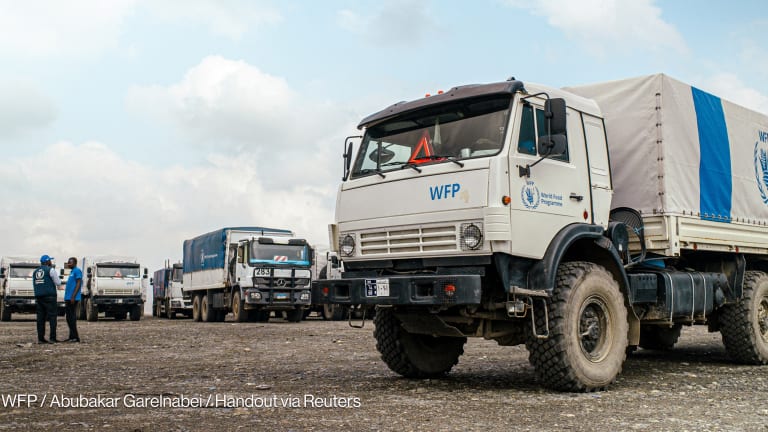The word famine conjures horrible images of emaciated children with extended bellies and ribs visible through their chests as they struggle to breathe. And many thousands get to that state before famine is even declared. To actually declare a famine there is an extremely technical process used by the international community, with particular conditions of food insecurity that need to be met. Here we’ll explore what a famine is, how one is declared, and what that means.
Famine is the most severe form of a food crisis, and is declared when several specific criteria are met:
• 20% of a population suffers from extreme food shortages
Printing articles to share with others is a breach of our terms and conditions and copyright policy. Please use the sharing options on the left side of the article. Devex Pro members may share up to 10 articles per month using the Pro share tool ( ).








